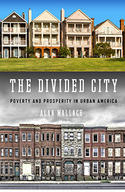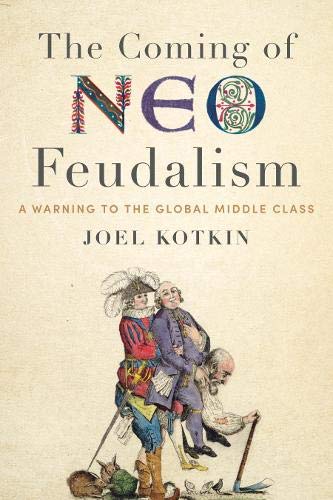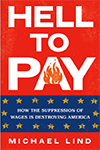In the 1980s, the city of San Francisco experienced a strong reaction against continued development of its dense financial center skyscraper district north of Market Street. that the term Manhattanization was popularized by the alternative biweekly, San Francisco Bay Guardian, which channeled the interest of many residents to preserve both their neighborhood and the iconic, historic buildings in downtown San Francisco before they were replaced by new, taller structures. read more »
Urban Issues
Around San Francisco’s New South of Market Transit Center
- Login to post comments
Where Salaries Go Furthest in 2019: The Small-City Advantage
Big cities are the engines of the modern economy. They offer workers a range of opportunities — and employers a range of workers, customers, and infrastructure — that smaller places generally can’t match. But when it comes to what many job seekers care about most, smaller cities often are best. In particular, for most jobs, salaries are higher in smaller places after accounting for the cost of living.
read more »
- Login to post comments
Indy’s Cost Effective Transit Improvement Plan Is a Model for Low Density Cities
My latest piece is online at CityLab. It’s a look at the transit improvement plans in Indianapolis as the city’s first Bus Rapid Transit line on September 1st. Indy’s system is a model for how lower density cities with auto-centric cultures can start making major improvements in their transit offerings in a capital efficient way. read more »
- Login to post comments
A Review of Alan Mallach's The Divided City
The astounding revival of American cities is real. However, the inequality evident in virtually all of them is real as well, and built into the system. Much of the urban discourse has centered on the former, but the latter has likely has a broader impact on contemporary metropolitan development nationwide. Inequality in American cities has three dimensions – spatial, economic and racial. The erosion of the middle class is a key feature of industrial city decline and most impacts older industrial cities. And of course, sweeping global and national trends are at work. read more »
- Login to post comments
Ridership Falls Another 2.9 Percent in June
June 2019 transit ridership was 2.9 percent lower than in June 2018, according to the Federal Transit Administration’s most recent data release. Ridership dropped in all major modes, including bus, commuter rail, heavy rail, and light rail. Ridership also dropped in 41 of the nation’s 50 largest urban areas, declining even in Seattle, which had previously appeared immune to the decline that is afflicting most of the nation’s transit industry. read more »
- Login to post comments
Australia's Long Suffering Commuters
Daily commute times are ballooning in Australia's largest capital cities (metropolitan areas, called Greater Capital City Statistical Areas). This is a finding of the latest Household, Income and Labour Dynamics in Australia (HILDA) Survey. The HILDA Survey is conducted across the nation by the University of Melbourne. read more »
- Login to post comments
A Blast from the Past in Charlotte and Columbus
I saw a couple of recent reposts containing very interesting material from several decades ago in Charlotte and Columbus.
The first is a 25 minute TV special from the 1960s looking at a proposal to issue bonds to fund urban renewal in downtown Charlotte. A few things struck me about this. read more »
- Login to post comments
A Comparison of the World’s 1,000 Largest Urban Areas
A tourist or even a demographer may sit at a café near the Louvre and imagine that the architecture and development of Paris looks the same, all the way to the urban fringe. Yet Paris is much more than the city proper (“Ville de Paris”). It is surrounded by the balance of the Paris urban area (“unité urbaine”), the continuous urban footprint that extends up to 20 miles (32 kilometers) in each direction and is largely suburban. read more »
- Login to post comments
Ending The War On Communities: 14 Suggestions To Protect Neighborhoods While Providing Meaningful Housing Solutions
The debate on solving California’s housing affordability crisis has reached a fever pitch, and the level of noise is drowning out solutions. We are facing a push to indiscriminately force density on neighborhoods and a war on single-family housing, which some in Sacramento paint as inherently “racist” and “immoral.” read more »
- Login to post comments
Is It Time To Rethink Density?
With new forecasts of record population growth across Australia’s major capital cities over the next few decades and affordability remaining a challenge, is it time to reconsider the core principles and policies that guide the management of this growth? read more »





















